The Rise of Sustainable Living Through Shipping Container Flats
As the world increasingly confronts the challenges of urbanization and environmental degradation, sustainable living has emerged as a vital solution to create more resilient communities. One of the most innovative trends in this movement is the rise of shipping container flats, which repurpose surplus shipping containers into functional and affordable housing options. These unique living spaces not only minimize waste by utilizing materials that would otherwise contribute to landfills but also present a cost-effective alternative to traditional construction methods.
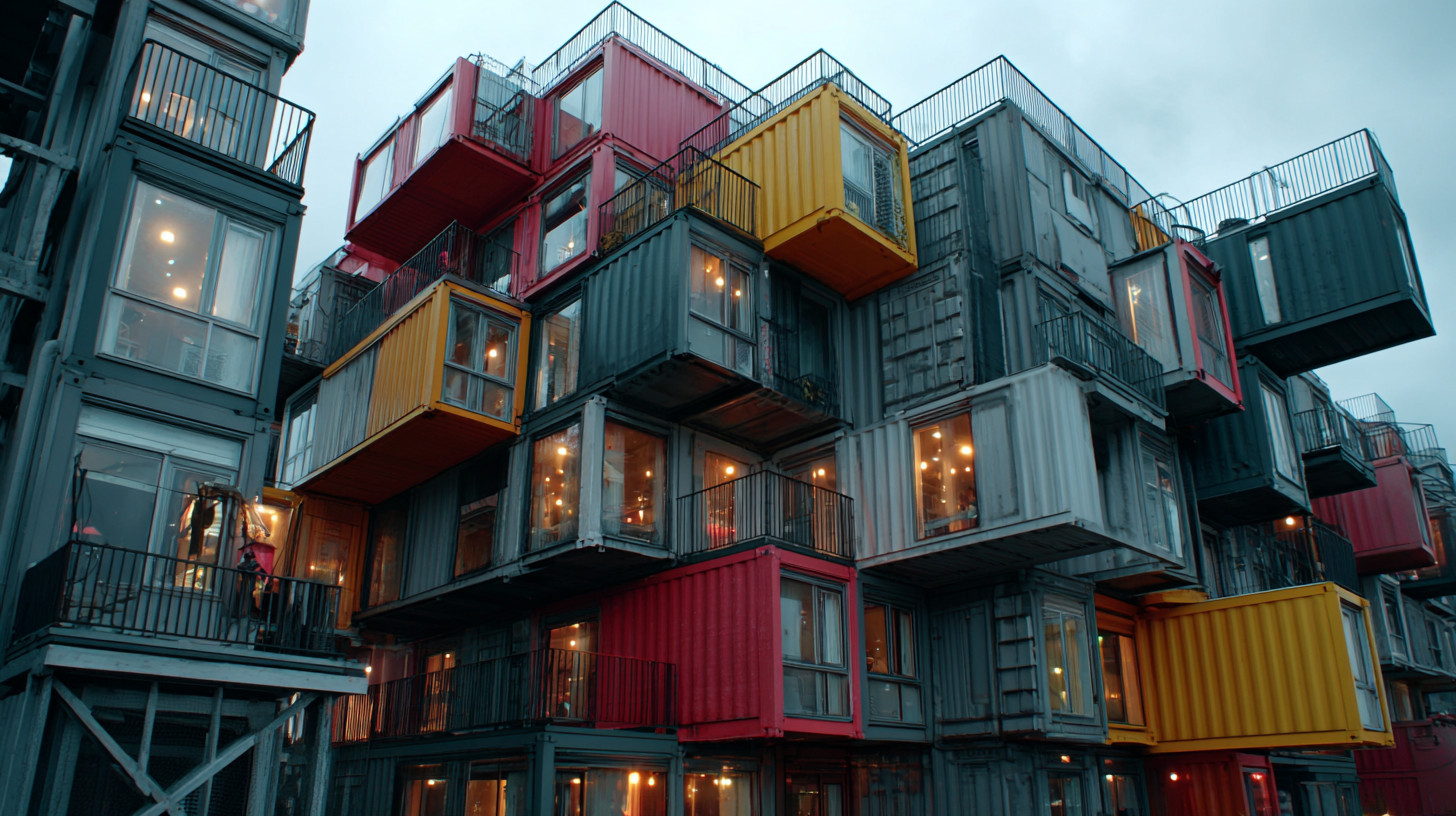
This guide will explore various aspects of creating and living in shipping container flats, covering design inspirations, sustainability benefits, and practical tips for transforming these versatile units into comfortable homes. By embracing this paradigm shift, individuals can contribute to a more sustainable future while enjoying the distinct character and charm that shipping container flats have to offer.
Exploring the Concept of Shipping Container Flats in Modern Housing
The modern housing landscape is evolving, with shipping container flats emerging as a viable solution for sustainable living. These innovative dwellings utilize repurposed shipping containers, turning them into affordable and eco-friendly housing options. According to a report by the World Economic Forum, urban populations are expected to swell by 2.5 billion by 2050, putting immense pressure on housing supply. Shipping container flats can be constructed quickly and affordably, providing a rapid response to this growing housing crisis.
Moreover, the use of shipping containers significantly reduces construction waste. The EPA estimates that construction and demolition activities account for approximately 25-30% of the total waste in landfills. By reusing shipping containers, builders can divert significant amounts of waste from these sites. Additionally, container homes can be designed to meet high energy efficiency standards, contributing to lower utility costs for residents. A study by the United Nations Environment Programme found that sustainable construction practices can reduce energy consumption by as much as 30%, highlighting the potential of shipping container flats in promoting responsible resource use in urban environments.
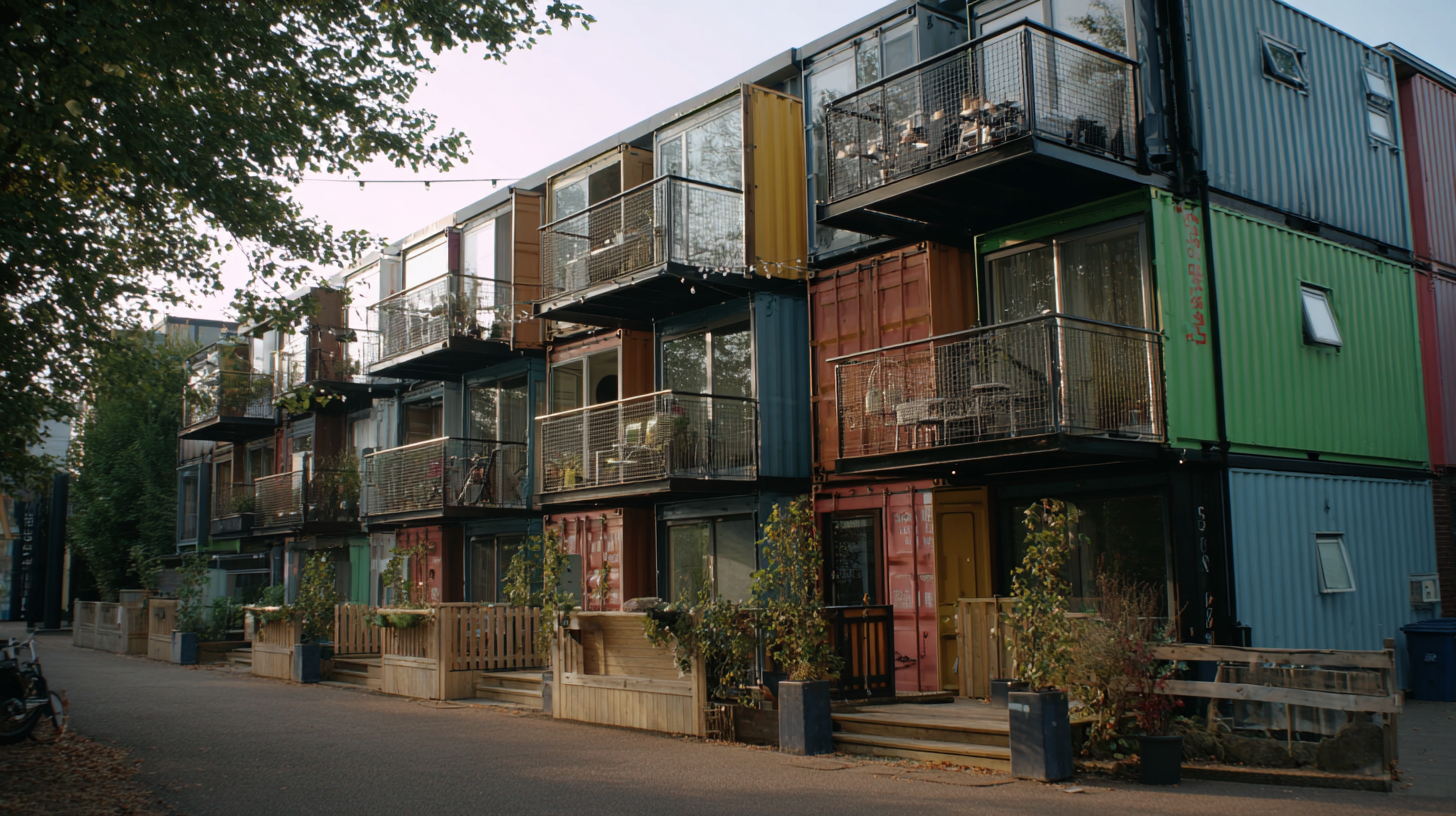
The Environmental Benefits of Using Shipping Containers for Sustainable Living
The growing trend of using shipping containers for residential living is driven by several environmental benefits. First and foremost, repurposing these industrial materials reduces the need for new construction resources, which often involves significant energy consumption and environmental degradation. By transforming shipping containers into flats, we are not only giving a second life to these structures but also minimizing the carbon footprint associated with traditional building methods.
Additionally, shipping container homes are inherently durable and energy-efficient. Their robust design allows for better insulation, which can lead to lower energy costs for heating and cooling. Many eco-conscious builders are integrating renewable energy sources, such as solar panels, further enhancing the sustainability of these living spaces. Moreover, container homes can often be installed in varying landscapes with minimal disruption, preserving natural habitats and reducing noise pollution. This innovative approach not only addresses housing shortages but also promotes a conscientious way of living that aligns with sustainable practices.
The Rise of Sustainable Living Through Shipping Container Flats
| Aspect | Description | Environmental Benefit |
|---|---|---|
| Material Reuse | Using shipping containers as building blocks for homes | Reduces construction waste and promotes recycling |
| Energy Efficiency | Designs often incorporate insulation and energy-saving features | Lowers carbon footprint and energy consumption |
| Cost-Effectiveness | Often cheaper than traditional building materials | Encourages sustainable practices through affordability |
| Mobility | These homes can be relocated, promoting flexibility | Reduces the need for new construction in different locations |
| Minimalist Living | Encourages smaller living spaces and decluttering | Promotes a sustainable lifestyle with reduced consumption |
Design Innovations Driving the Popularity of Container Homes
The rise of sustainable living through shipping container flats is driven by remarkable design innovations that marry eco-friendliness with modern aesthetics. According to a report by Grand View Research, the global market for modular homes is expected to reach $157 billion by 2027, fueled by a growing preference for sustainable and cost-effective housing solutions. Shipping container homes are increasingly recognized for their resilience and flexibility; they can be adapted to various climates and styled in numerous ways, making them attractive options for urban dwellers seeking affordable housing.
Recent design trends emphasize minimalism and functionality, allowing container homes to maximize space while minimizing environmental impact. The National Association of Home Builders highlights that using recycled materials, such as shipping containers, can significantly reduce the carbon footprint of a home. Additionally, integrating energy-efficient appliances and solar panels into these designs further enhances sustainability. Studies have shown that container homes can reduce construction waste by up to 90%, demonstrating their potential as a key player in the future of eco-conscious living.
As innovations continue to evolve in this sector, the popularity of container homes is set to soar, offering an appealing alternative to traditional housing methods.
Challenges and Solutions in Creating Shipping Container Communities
The concept of using shipping containers for sustainable living is rapidly gaining traction, particularly as communities seek innovative solutions to urgent social issues like homelessness. However, establishing shipping container communities presents various challenges that need addressing. In cities like Atlanta, for instance, shipping container homes are being developed as affordable shelters for the homeless, demonstrating that container living can provide both safety and sustainability. Yet, regulatory hurdles and community resistance remain significant obstacles that developers must navigate.
Moreover, in urban landscapes like Chicago, the push for shipping container innovation is reshaping development practices. While eco-friendly designs offer a viable pathway toward urban sustainability, cities need to create supportive policies that facilitate the integration of shipping containers into residential frameworks. Addressing concerns about zoning laws and community acceptance is crucial for these projects to succeed. Initiatives like the un/SHELTERED design challenge exemplify the creative solutions being sought to transform shipping containers into viable living spaces, highlighting the importance of collaboration between designers, local governments, and the communities they aim to serve.
The Rise of Sustainable Living Through Shipping Container Flats
This chart illustrates the increasing popularity of shipping container flats as a sustainable living option in urban environments, highlighting the growth trend from 2018 to 2023, alongside common challenges faced in the development of these communities.
The Future of Urban Development: Shipping Containers as a Housing Solution
The concept of using shipping containers as housing solutions has gained traction in urban development, drawing attention for its sustainability and affordability. By 2025, the global market for mobile shipping container homes is projected to reach a valuation of $1.6 billion, reflecting the growing interest in alternative housing models amidst urbanization challenges. As cities continue to grapple with housing shortages and escalating costs, shipping container flats offer a simple yet effective solution that aligns with eco-friendly practices.
Projections indicate that this market will witness significant growth, anticipated to soar to $3.06 billion by 2034, at a compound annual growth rate (CAGR) of 7.5%. This surge not only underscores the viability of container homes in alleviating urban housing demands but also highlights a shift towards sustainable living. The modular nature of shipping containers supports quick assembly and flexibility in design, making them increasingly appealing to urban planners and environmentally conscious consumers alike. As cities evolve and diversify, shipping containers will likely play a key role in shaping future living spaces, revolutionizing urban landscapes with innovative and green housing solutions.
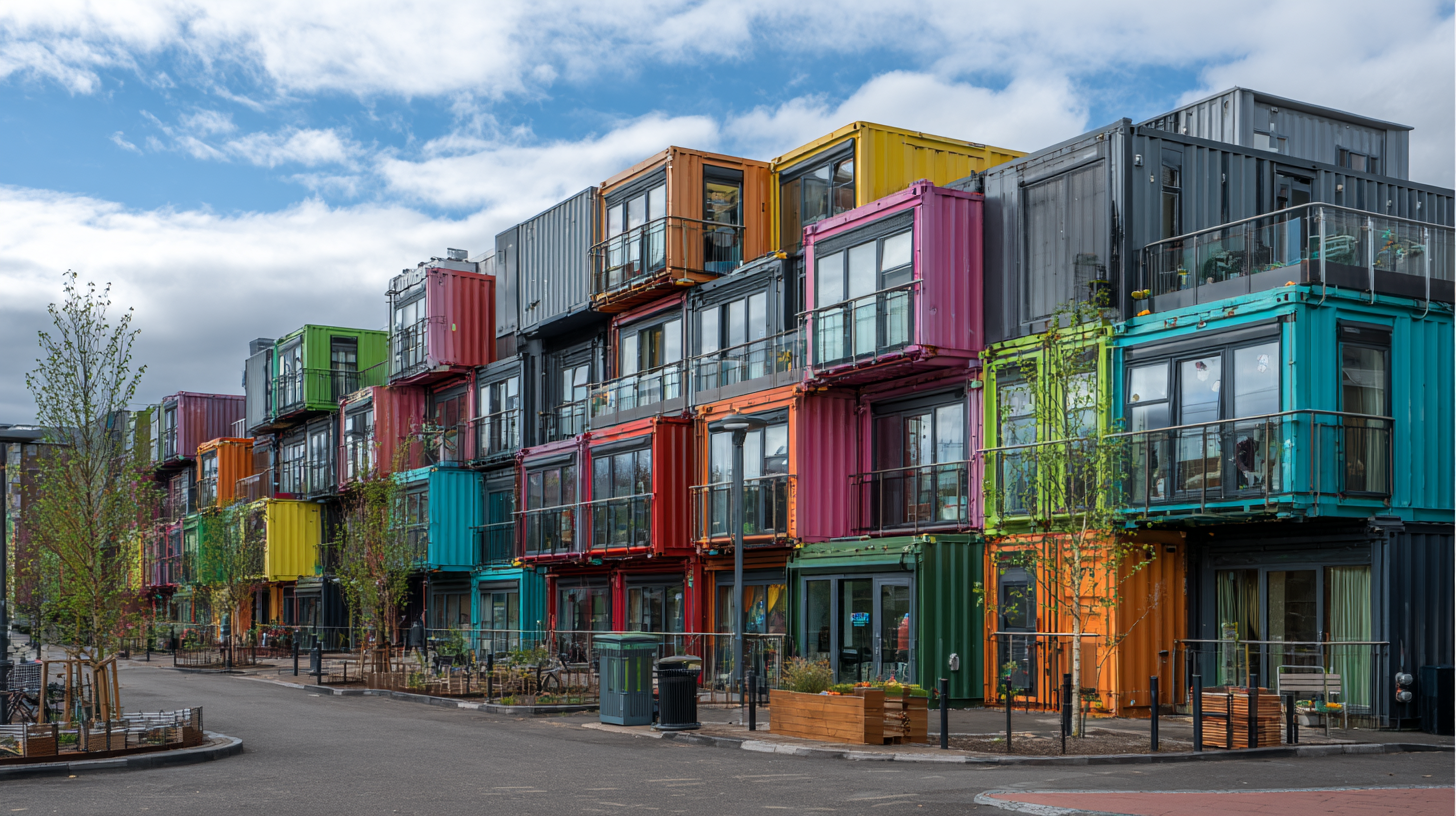
Related Posts
-

Transforming Urban Living: Innovative Container Solutions for Modern Spaces
-
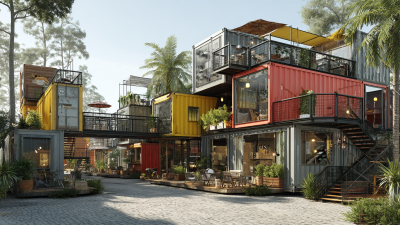
Transforming Everyday Life with Innovative Containers for Living Space
-
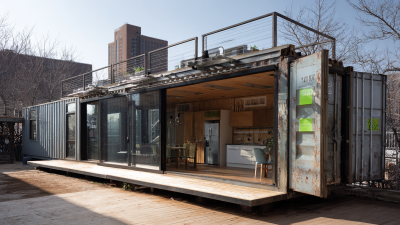
Transforming Shipping Containers into Sustainable Living Spaces: A 2023 Housing Solution
-
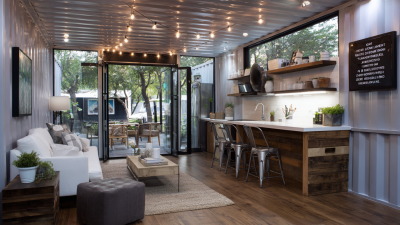
Transforming Tiny Spaces: How Containers Revolutionize Modern Living
-
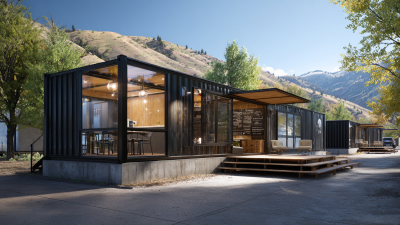
Exploring the Future of Modular Container Buildings: Sustainable Solutions for Modern Living


